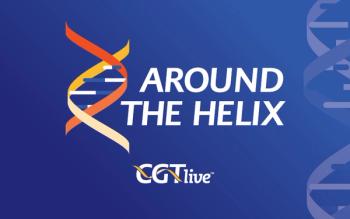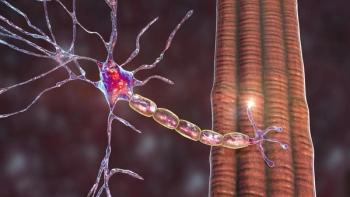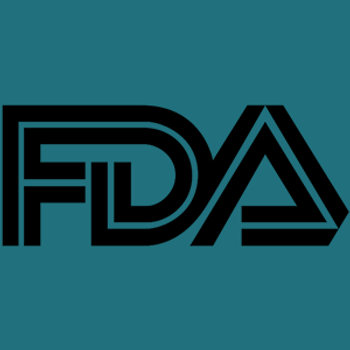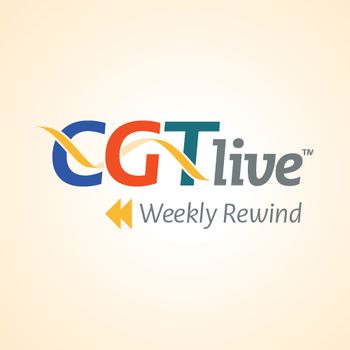
Ultragenyx’s MPS IIIA Gene Therapy UX111 Met With CRL
According to Ultragenyx, the CRL relates to a need for additional CMC information and improvements and observations from inspections of manufacturing facilities.
Ultragenyx has received a complete response letter (CRL) from the FDA regarding its biologics license application (BLA) for UX111 (ABO-102), an adeno-associated virus (AAV) vector-based gene therapy intended to treat mucopolysaccharidosis type IIIA (MPS IIIA, also known as Sanfilippo syndrome).1
According to Ultragenyx, the CRL relates to a need for additional chemistry, manufacturing and controls (CMC) information and improvements and observations from inspections of manufacturing facilities that were conducted recently. The company noted its perception that the concerns are related to facilities and processes rather than to the quality of the gene therapy product itself, and that the observations are “readily addressable”. Furthermore, Ultragenyx stated that it plans to work with the agency to address these observations and that it plans to resubmit the BLA thereafter. Once resubmitted, a review period of up to 6 months will take place.
Ultragenyx additionally noted that the FDA indicated that the neurodevelopmental outcome data it received in the original BLA are robust and that no concerns regarding the clinical data or clinical inspections were present in the CRL. The agency also indicated that additional supportive evidence is provided by the biomarker data included in the BLA. Although, the FDA requested that updated clinical data be included in the BLA resubmission.
“Our goal is to get UX111 to patients as quickly as possible knowing how critical this first therapy is to the Sanfilippo community,” Emil D. Kakkis, MD, PhD, the chief executive officer and president of Ultragenyx, said in a statement.1 “We have been diligently responding to the recent CMC observations and our priority is to resolve them so that we can resubmit the BLA as soon as possible. We believe the CMC observations are readily addressable and many have already been addressed. While the CRL will delay the potential approval of UX111 to 2026, we are working with urgency to respond and resubmit.”
Ultragenyx originally
"...[I]deally with a biomarker such as CSF-HS, which is really intimately related to the disease—it's a disease-causing biomarker—we hope that by showing that CSF-HS is relevant in this particular neuronopathic MPS, that it will help accelerate drug development for all in this field—that we really shouldn't have to wait several years to see clinical benefit," Heather Lau, MD, MS, the executive director of global clinical development at Ultragenyx, told CGTLive in an interview held shortly after the conference. "We are supportive of this as a biomarker that is likely to predict clinical outcomes, which is the definition used in the accelerated approval pathway, at least in the United States. We really want to understand very quickly when a new drug comes on, does it work or not? So it's actually beneficial not only to show efficacy, but to fail fast, as well. I think the benefit here is we did show this clinical improvement, but we contend that this biomarker is useful in overall drug development for an ultrarare disease like this.”
REFERENCES
1. Ultragenyx receives complete response letter from FDA for UX111 AAV gene therapy to treat sanfilippo syndrome type A (MPS IIIA). News release. Ultragenyx Pharmaceutical Inc. July 11, 2025. Accessed July 14, 2025. https://ir.ultragenyx.com/news-releases/news-release-details/ultragenyx-receives-complete-response-letter-fda-ux111-aav-gene
2. Ultragenyx submits biologics license application to the U.S. FDA for UX111 AAV gene therapy for the treatment of Sanfilippo syndrome type A (MPS IIIA). News release. Ultragenyx Pharmaceutical Inc. December 19, 2024. Accessed July 14, 2025. https://ir.ultragenyx.com/news-releases/news-release-details/ultragenyx-submits-biologics-license-application-us-fda-ux111
3. Ultragenyx announces new data demonstrating that treatment with UX111 AAV gene therapy significantly improved clinical function across multiple developmental domains in children with Sanfilippo syndrome type A (MPS IIIA) correlated with sustained reductions in CSF-HS. News release. Ultragenyx Pharmaceutical Inc. February 5, 2025. Accessed July 14, 2025. https://ir.ultragenyx.com/news-releases/news-release-details/ultragenyx-announces-new-data-demonstrating-treatment-ux111-aav
Newsletter
Stay at the forefront of cutting-edge science with CGT—your direct line to expert insights, breakthrough data, and real-time coverage of the latest advancements in cell and gene therapy.











































